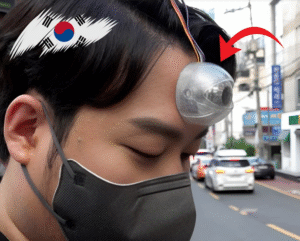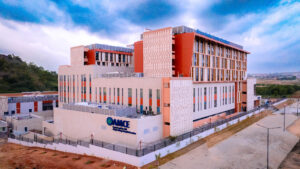South Korea Prints a Living Human Eye: a New Vision Empowered for the Blind

In a world that blurs the line between biology and technology, South Korean bioengineers at KAIST have successfully 3D-printed a fully functional human eye and restored sight to a blind man. The groundbreaking procedure, combining living cells, polymers and nerve scaffolds, marks a moment that could redefine medicine, disability and even the meaning of being a human.
The 31-year-old patient, blinded seven years ago in an industrial accident, received the implant just three weeks ago. Today, he can see with 20/60 vision; reading, recognizing faces and describing colors, as his brain continues to adapt to the artificial organ. Scientists describe the achievement as a fusion of biology and computation, since the printed retina contains over a million light sensors that connect directly to the brain’s visual cortex.
![]()
Transcending the scientific triumph, this event depicts an extreme sociocultural proportions. In one’s thought, it is more than a medical restoration to the patient. It is an assurance of a return to identity, independence and connection. This is a rebirth that the patient would have expressed to the doctors. His case gives hope to millions of people living with blindness caused by glaucoma, macular degeneration, or retinal damage.
The cultural implication to South Korea’s success in this medical novelty, highlights the nation’s growing leadership in biotechnology, as a tech powerhouse and a frontier of ethical and regenerative science. It reflects a society willing to embrace innovation while navigating its moral implications. What does it mean to create a living organ in a lab? Who should have access to such medical-miracles?

Economically, the $45,000 procedure, covered by Korea’s national health insurance, could transform healthcare accessibility if replicated globally. A future where blindness is reversible would also reshape industries from education to employment, forcing political leaders to rethink disability inclusion and digital design.
Politically, the achievement reinforces South Korea’s soft power in the global scientific arena, positioning it alongside the US and Japan in bioprinting innovation.
The printed eye blinks, moves and produces tears, as an organ that feels shockingly human. But its significance extends far beyond one man’s regained vision. It motions the dawn of a new biological era where printing-life may become as routine as printing paper; and where science, for the first time, can literally give humanity a new way to see itself.









